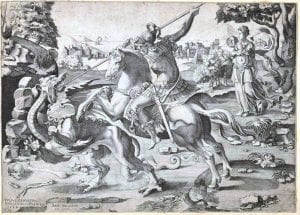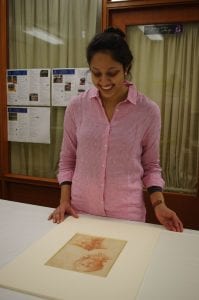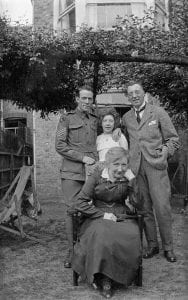Our future was ours: Darren Sylvester loan to the National Gallery of Victoria
Our future was ours, a lightjet print made in 2005 by Melbourne artist Darren Sylvester was condition reported this week in preparation for its loan to the National Gallery of Victoria. The work of art will be featured in the artist’s first large-scale solo exhibition titled Darren Sylvester: Carve a Future, Devour Everything, Become Something shown at Federation Square from the 1st of March until 30th June 2019.

The scene depicted in the print was staged and photographed inside the Baillieu Library. Our future was ours was purchased for the building in 2009 by the then University Librarian, Philip Kent, to mark the 50th anniversary of the Baillieu. It’s exhibition now in 2019 coincides perfectly with the Baillieu Library’s 60th anniversary.




